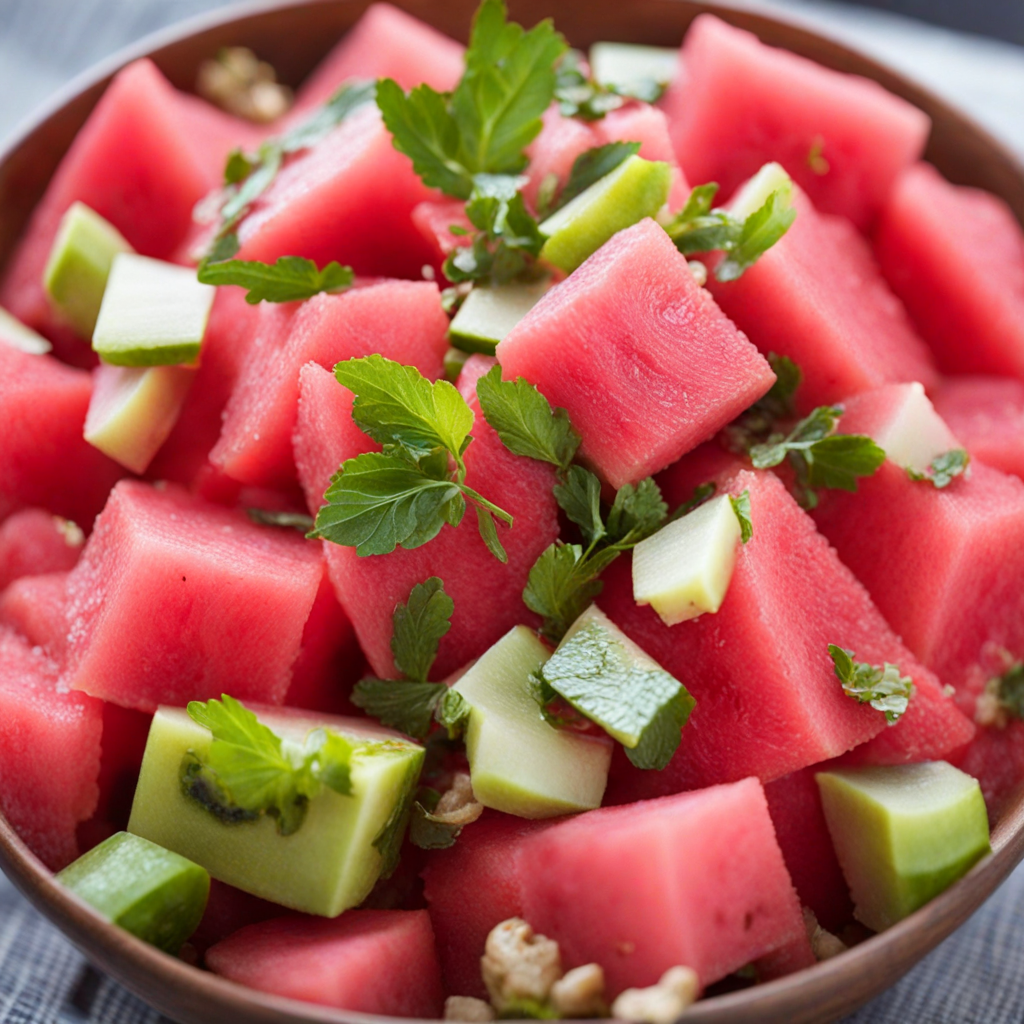Fat Cakes
Fat Cakes, also known as 'Magwinya' in Botswana, are delightful deep-fried dough balls that offer a unique and satisfying taste experience. The dough is made from simple ingredients like flour, yeast, sugar, and water, which come together to create a soft and pillowy texture. As they fry, the outside develops a golden-brown crust that adds a delightful crunch, while the inside remains fluffy and airy. The contrast between the crispy exterior and the soft interior is what makes these treats so irresistible, captivating the taste buds with every bite. These delectable treats are often enjoyed as a street food snack or breakfast item, and they can be served plain or with a variety of fillings. Common accompaniments include savory options like spiced minced meat, cheese, or even a spicy relish, which enhance the flavor profile of the Fat Cakes. Additionally, they can be served sweet, drizzled with honey or paired with jam, providing a versatile option for any palate. The rich flavor of the fried dough combined with these fillings creates a satisfying harmony that is both comforting and indulgent. Fat Cakes are not just about taste; they also embody the spirit of community and sharing in Botswana. Vendors often sell them in bustling markets or along the streets, where the aroma of freshly fried Fat Cakes wafts through the air, drawing hungry customers. Eating Fat Cakes is a social experience, often enjoyed with friends and family, making them a cherished part of Botswana’s culinary culture. Whether enjoyed as a quick snack on the go or as part of a leisurely meal, Fat Cakes are a true representation of the country's rich food heritage, inviting everyone to partake in their delightful flavors.
How It Became This Dish
The History of Magwinya: A Culinary Staple of Botswana Magwinya, often referred to as "fat cakes" or "scones," is a beloved deep-fried dough delicacy that holds a special place in the hearts and stomachs of many Batswana. This traditional food item is not only a staple in Botswana's culinary landscape but also reflects the cultural and historical narratives of the region. To understand the journey of magwinya, we must explore its origins, cultural significance, and evolution over time. Origins: A Culinary Convergence Magwinya's roots can be traced back to the broader African culinary traditions, where deep-frying dough is a common practice. Variants of fried dough can be found across the continent, from Nigeria’s puff-puff to South Africa’s vetkoek, each with its unique preparation methods and flavors. The name "magwinya" itself is derived from the Tswana language, a Bantu language spoken primarily in Botswana and parts of South Africa. The introduction of wheat flour into the region during the colonial period played a significant role in shaping the modern version of magwinya. Historically, the Tswana people relied on indigenous grains such as sorghum and millet for their staple foods. However, as European colonization progressed in the late 19th and early 20th centuries, wheat became more accessible, transforming local diets. This transition allowed for the development of new recipes and the incorporation of foreign ingredients into traditional cooking methods. Cultural Significance: More Than Just a Snack Magwinya is not merely a food item; it embodies the essence of community and social gatherings in Botswana. Traditionally, these fried dough balls are served during significant life events, including weddings, birthdays, and community celebrations. Their preparation and sharing often signify hospitality and generosity, core values in Tswana culture. In everyday life, magwinya is a common sight in markets and street stalls, where vendors serve them hot and fresh, often accompanied by various dipping sauces or fillings. The simple pleasure of biting into a warm magwinya, with its crispy exterior and soft, fluffy interior, is a cherished experience for many. Moreover, it serves as a convenient and affordable snack for the working class, making it accessible to all demographics. The communal aspect of magwinya is further emphasized during traditional gatherings. Families and friends come together to share meals, and magwinya often takes center stage as a symbol of togetherness. It is not uncommon for children to learn how to prepare magwinya alongside their elders, passing down recipes and techniques through generations. This oral tradition fosters a sense of identity and belonging among the Batswana people. Development Over Time: A Culinary Evolution As Botswana has evolved, so has the preparation and presentation of magwinya. In the past, the dough was prepared using basic ingredients: flour, water, yeast, and a pinch of salt. However, contemporary cooks have begun to experiment with flavor and texture, incorporating diverse ingredients such as maize meal, sugar, and even spices like cinnamon or nutmeg to enhance the taste. The introduction of fillings is another significant evolution in magwinya’s preparation. While the traditional version is typically enjoyed plain or lightly salted, modern variations include sweet fillings, such as jam or chocolate, as well as savory options like minced meat, cheese, or vegetables. These innovations reflect the globalization of cuisine, where traditional foods adapt to contemporary tastes while retaining their cultural significance. Moreover, the rise of the health-conscious movement has led to discussions about the nutritional aspects of magwinya. As fried foods face scrutiny, some cooks have begun experimenting with baking magwinya as a healthier alternative. This adaptation not only preserves the beloved flavor but also caters to a growing audience seeking lighter options. Magwinya in Modern Botswana In today’s Botswana, magwinya continues to thrive as a cultural icon. With the advent of social media, food photography, and blogging, the visibility of magwinya has increased, attracting both locals and tourists. Street food festivals and culinary events often showcase magwinya, allowing chefs to demonstrate their creativity while celebrating traditional flavors. Furthermore, the global culinary industry has taken note of the humble magwinya, with chefs from various backgrounds incorporating it into their menus, often as a fusion dish. This reflects a broader trend where traditional foods are reimagined and celebrated on international platforms, showcasing the rich diversity of African cuisines. Even as Botswana embraces modernization and globalization, magwinya remains a comforting reminder of the nation’s agricultural heritage and communal values. It serves as a bridge between past and present, honoring the traditions of the Tswana people while adapting to contemporary culinary trends. Conclusion: A Delicious Legacy Magwinya is more than a mere snack; it is a symbol of Botswana’s rich culinary heritage, a testament to its history, culture, and the evolving nature of food. From its origins rooted in traditional African cooking to its modern iterations that embrace innovation and globalization, magwinya tells the story of a people who find comfort, community, and identity in their food. As Botswana continues to navigate the complexities of modernity, magwinya will undoubtedly remain a cherished part of its cultural fabric, inviting generations to gather, share, and celebrate the simple joys of life over a hot, freshly fried dough ball. Whether enjoyed at a bustling market, during a festive gathering, or in the comfort of home, magwinya stands as a delicious legacy, linking the past and present in a flavorful embrace.
You may like
Discover local flavors from Botswana






